Severe climates with high humidity and cold temperatures. Reliable level measurement in dairies
Dairy
Application Detail
Hydrostatic level measurement using a pressure sensor is a standard procedure in many dairy applications. Nevertheless, problems with drift or unstable measurements are not uncommon. These usually occur in areas prone to condensation, such as storage tanks, where cold media are measured in a humid environment. Because condensation can potentially lead to the complete failure of the measurement sensor, many users look for the cause of the problem and a technical solution.
Analyses have shown that these failures are often due to how the measuring principle is applied. In hydrostatic
level measurement, a pressure sensor located at the lowest point in the tank measures both the pressure of the fluid column above it and air pressure. To obtain the correct level, the measurement result must compensate for the air pressure. Otherwise, air pressure fluctuations, which usually range up to approx. 50 mbar, would lead to measurement result variations of up to 16% in a tank filled three meters high. To avoid this inaccuracy, the air pressure must be compensated for in the result.
Methods of avoiding measurement errors
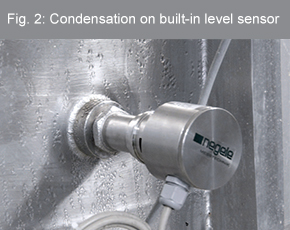
- Pressure measuring cells with equalizing capillaries that compensate the atmospheric pressure
- Sensors with a permeable double membrane as a humidity barrier
Alternative state-of-the-art methods
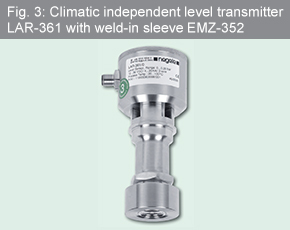
Requirements and areas of application for pressure measuring sensors
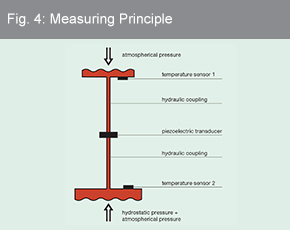

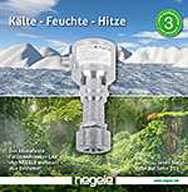
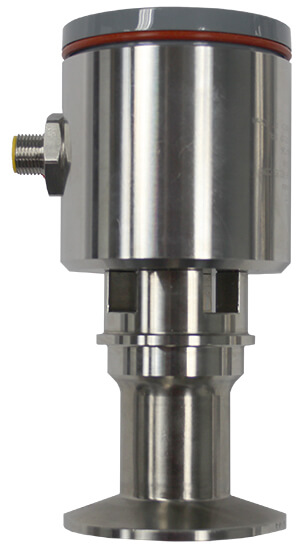
Copyright © 2022 Anderson-Negele